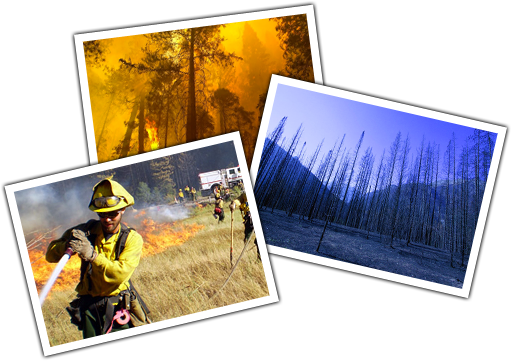By California statute, electrical utilities must provide a complete Wildfire Mitigation Plan every three years, with yearly updates. The WMPs are submitted to the Office of Energy Infrastructure Safety (OEIS) and then to the California Public Utilities Commission (CPUC) for ratification. The public is allowed to comment on these plans, which have come to comprise thousands of pages of the plans and supporting data and documents.
M-bar Technologies and Consulting has been reviewing these plans on behalf of MGRA since their inception in 2019. While each iteration of the WMPs becomes more complete and sophisticated, there remain a number of key issues with the WMPs of the major California utilities that MGRA has identified. In the 2023 WMPs, the following issues were of particular concern:
- Utility risk models generally do not adequately incorporate the influence of extreme wind events in triggering the outages that lead to wildfires.
- As a consequence, utility models also overweight risk drivers unrelated to wind (such as animals, vehicles, balloons, or 3rd party).
- Utility risk models that use wildfire spread simulations to calculate consequences artificially inflate risk nearer to the ignition point and underrepresent risk in remote high-wind areas.
- Since PG&E proposed a 10,000 mile undergrounding program in 2021, all three utilities have introduced expanded undergrounding programs without adequately justifying the cost efficiency of undergrounding. While highly effective, undergrounding is the most expensive and there are other mitigations that have significantly higher cost efficiency.
- New evidence from Southern California Edison's extensive deployment of covered conductor suggests that covered conductor may be more effective in preventing wildfires than the estimates utilities are using.
- Combinations of covered conductor and new technologies (REFCL, Falling Conductor Protection, High-Impedance Fault detection) will further reduce potential for wildfire igntions.
MGRA Comments on the 2023-2025 Wildfire Mitigation Plans of SDG&E, SCE, and PG&E


